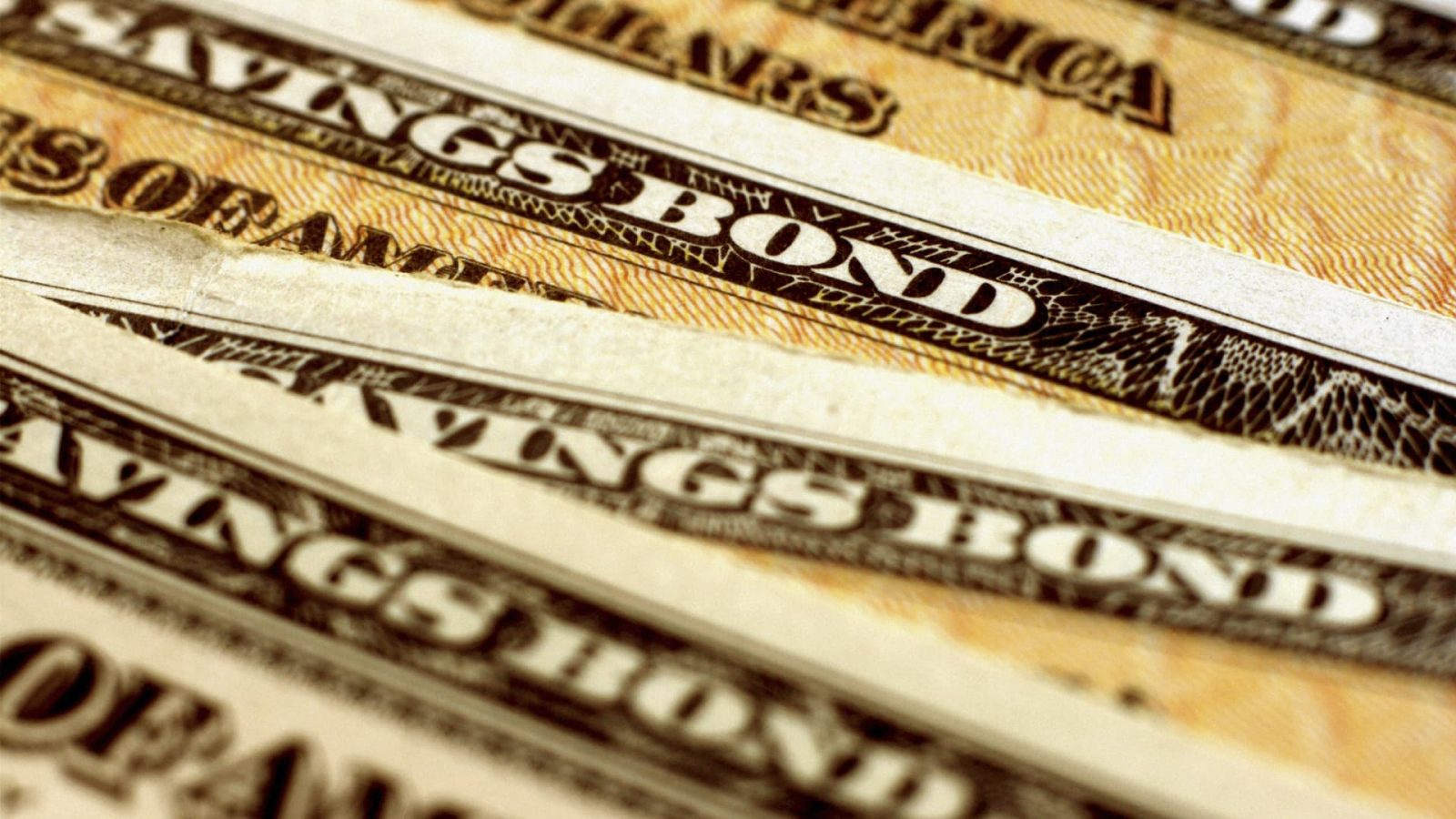The U.S. Department of the Treasury announced Series I bonds will pay 5.27% annual interest Nov. 1 through April 2024, up from the 4.3% annual rate offered since May.
Tied to inflation, investors can claim 5.27% for six months — the fourth-highest I bond rate since 1998 — by purchasing anytime from Nov. 1 through the end of April 2024.
How to calculate I bond rates
The Treasury adjusts I bond rates every May and November, and there are two parts to I bond yields: a variable and fixed portion.
The variable rate moves every six months based on inflation, and the Treasury can change the fixed rate every six months, but that doesn’t always happen.
(The fixed portion of the I bond rate remains the same for investors after purchase. The variable rate resets every six months starting on the investor’s I bond purchase date, not when the Treasury announces new rates. You can find the rate by purchase date here.)
Currently, the variable rate is 3.94% and the fixed rate is 1.30%, for a rounded combined yield of 5.27% on I bonds purchased between Nov. 1 and April 30.
How new rates affect older I bonds
If you already own I bonds, your rate change depends on the bonds’ issue date.
For example, if you bought I bonds in September on any given year, your rates reset each year on March 1 and Sept. 1, according to the Treasury.
However, the headline rate may be different than what you receive because the fixed rate stays the same for the life of your bond.
What to know before buying I bonds
Before purchasing I bonds, it’s important to consider your goals, experts say.
One of the downsides of I bonds is you can’t access the money for at least one year and you’ll trigger a three-month interest penalty by tapping the funds within five years.
“I don’t consider I bonds as part of a long-term portfolio,” said certified financial planner Christopher Flis, founder of Resilient Asset Management in Memphis, Tennessee.
I bonds may make sense as a supplement to savings that you can access more quickly, such as money in a checking, savings or money market funds, he said.
Read the full article here












Leave a Reply